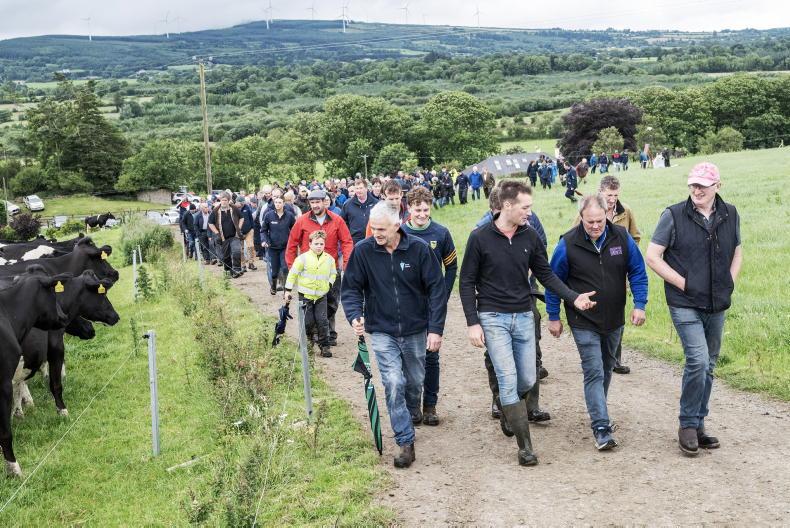Over the last fortnight there have been two major events focused almost exclusively on the sustainability issues surrounding Irish farming.
The first was the excellent Teagasc open day held in partnership with the Irish Farmers Journal at Johnstown Castle in Wexford. The second was the Agricultural Science Association conference held in Kilkenny.
The overall context of both events was the legal requirement that greenhouse gas emissions from Irish agriculture have to be reduced by 25% by 2030.
The natural inclination of many of us as farmers is to dismiss the concerns over methane from cattle and other agricultural greenhouse gases as irrelevant in the greater scheme of things.
It is impossible not to have sympathy with this view when we see the major increases in atmospheric carbon dioxide (CO2) from the energy industries over recent decades.
The fact that CO2 lasts in the atmosphere for hundreds of years compared with the main agricultural greenhouse gas, methane, only lasting 12 years has given the New Zealand government the capacity to set different targets for the farming and the energy sectors.
New Zealand targets
The methane reduction target by 2030 in New Zealand is set at 10% versus 25% for all agricultural emissions here.
Taking into account the development across a range of technologies on show at the recent Johnstown Castle open day and discussed at the Agricultural Science Association (ASA) conference last week, the 10% target in New Zealand should be easily attained.
If New Zealand can convince its own public that the water quality issues surrounding dairy expansion are controlled, then in my view we can expect milk output in New Zealand to resume growth.
The position for Irish dairy will be more difficult. Many of the easy wins on the 25% reduction path have been identified, such as low-emission slurry spreading and the use of protected urea.
But issues around the ownership of on-farm sequestration from forestry or hedgerows as well as the authentication of new high-potential technologies have not yet been given the urgency that is needed.
No option
As farmers we have no option but to operate within the law that has been passed,even though in international terms it is largely irrelevant in reducing global emissions as well as ignoring one of the main agreements at the multilateral climate conferences in Paris and Glasgow that food production should not be jeopardised.
At the ASA conference I was interested to hear that the New Zealand experience was similar to Ireland’s.
When farm organisations and farming-aware politicians attempted to insert this food awareness clause into national policy when the emission targets were being debated and set, they were overruled by the Greens, who in both countries had a disproportionate influence on Government policy.










SHARING OPTIONS